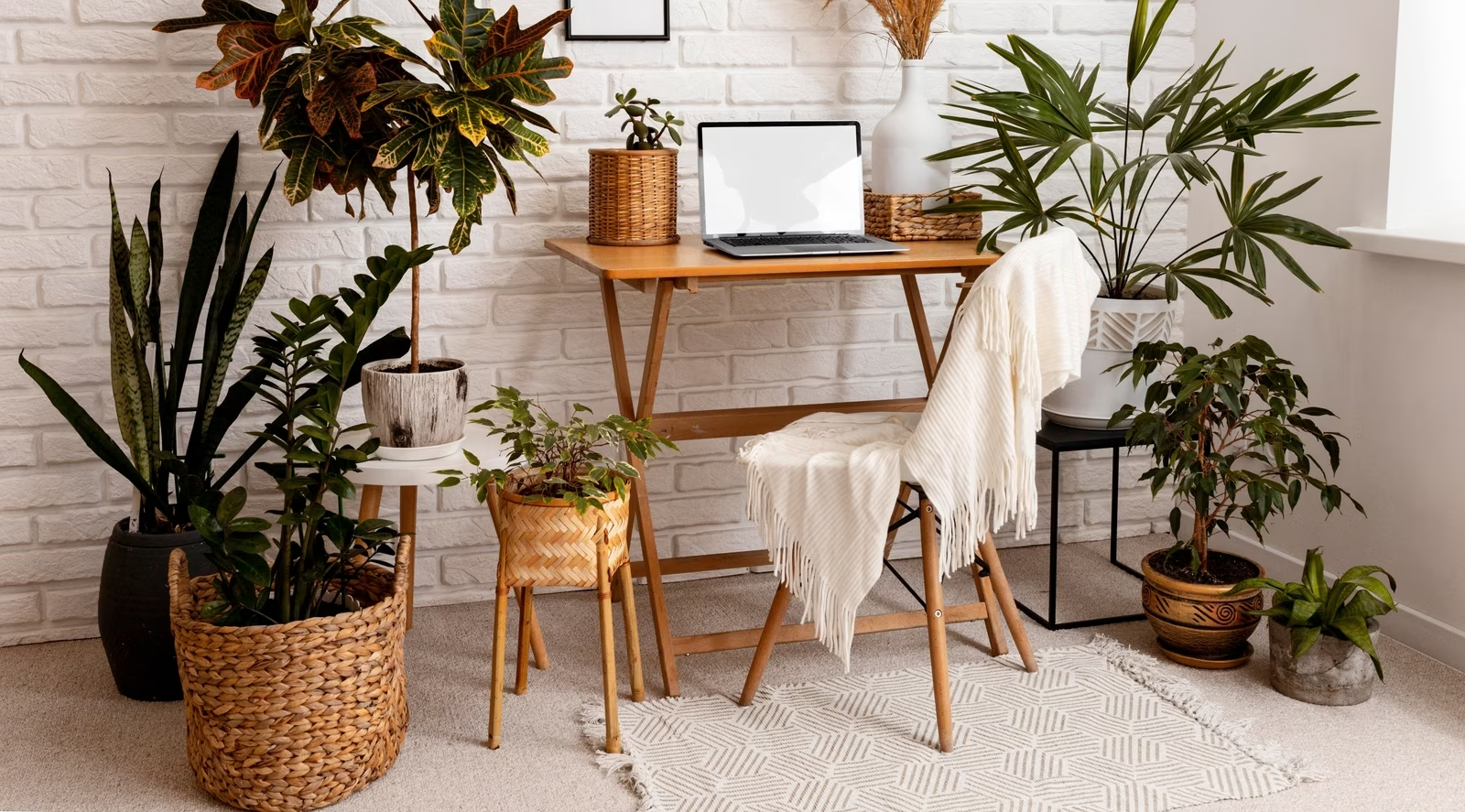Adopt furniture designs that prioritize sustainability over style, such as multifunctional pieces made from repurposed materials or tech-integrated tables to maximize space and functionality in your home.
Nostalgia is making a comeback as well, with mid-century modern and art deco styles providing both character and luxury to minimalist living spaces. When selecting low-VOC finishes to avoid off-gassing harmful chemicals and improve indoor air quality.
Repurposed and Upcycled Furniture
Repurposed and upcycled furniture are an exciting eco-trend that combine creativity, environmental responsibility, and style. From old drums transformed into outdoor seating furniture to pipes transformed into bookcases – upcycling materials into unique, individualistic designs adds character and distinction to both homes and hospitality establishments alike.
Repurposing and upcycling save the environment by keeping waste out of landfills while simultaneously cutting production of new materials – less deforestation and energy consumption are resultant of this approach; furthermore, upcycling saves money while giving a sense of accomplishment by enriching something already existing.
Furniture finishes that contain low VOC (volatile organic compounds) or non-toxic paints and stains are becoming increasingly popular as eco-friendly options that benefit both you and the environment. Not only are these green alternatives healthier for both of your families and for our planet; they still create an elegant aesthetic!
Multifunctional Designs
Multifunctional furniture offers versatility in form and function in limited spaces. Ranging from sofa beds to foldable tables, multipurpose pieces help create more living and working space for living and working purposes.
Bamboo and reclaimed wood materials have become increasingly popular as people look for unique textures to add texture to their homes, while simultaneously reducing environmental impacts of furniture. Furthermore, these eco-friendly options can improve any room’s style while contributing to environmental responsibility.
2024’s sustainable trend of choice will be the use of bold colors that evoke nature, such as deep green or terracotta accent chairs, which add depth and character to any room while simultaneously helping create a relaxing space that promotes better mental health. This approach to interior design is known as biophilic design and seeks to bring outdoor elements into our homes for improved wellness.
Eco-Friendly Materials
Integrating eco-friendly materials into home furnishings is another effective way to reduce environmental pollution. Utilizing recycled wood, metals and organic textiles reduces demand for new polluting materials while improving air quality.
Search for furniture with low VOC (Volatile Organic Compounds) paints and stains to reduce off-gassing of harmful chemicals into the air and improve indoor air quality.
Look for fabrics made of material sourced from sustainable sources, like reclaimed wool, mushroom leather and cotton. Sheep’s wool can easily be regrown; furthermore it serves as an effective insulator.
Make your final selection more eco-friendly by opting for furniture that features non-toxic fasteners and adhesives. This makes disassembly simpler for recycling or reuse and contributes to a more sustainable end of life cycle.
Smart Furniture
As environmental preservation concerns increase, furniture makers are adding smart features into their designs – for instance desks equipped with built-in charging pads and energy efficient lights are becoming popular choices for offices. Furthermore, furniture that adapts to user preferences through voice commands or apps has also seen rapid growth.
Unstaying aware of furniture trends is vitally important to both customers and brands alike, enabling businesses to source appropriate pieces for their collections while giving customers functional pieces for their homes and office spaces.
Sustainable design trends offer home and business owners a host of possibilities when it comes to decorating spaces in 2024 and beyond! Bold colors and smart furniture combine with sustainable choices for an incredible array of design trends that promise to enhance living and working spaces alike!
Biophilic Design
If you want to make your multifamily property more sustainable in 2024, try incorporating biophilic design elements into the building’s decor. This principle focuses on elements from nature that have evolved over time to benefit human health, fitness and well-being.
One way to implement biophilic principles is by increasing natural lighting. This can boost mood, boost productivity and help regulate circadian rhythms while simulating outdoor settings with its varied lighting, including shadows and diffused illumination from tree canopies.
Biophilic design can also be implemented through adding organic elements like plants and flowers into an apartment’s design, such as furniture. Doing this will make residents more at ease with living there and may result in higher lease renewal rates and attract younger tenants. You could also market this aspect of your apartment’s biophilic additions to promote marketing to younger tenants.


